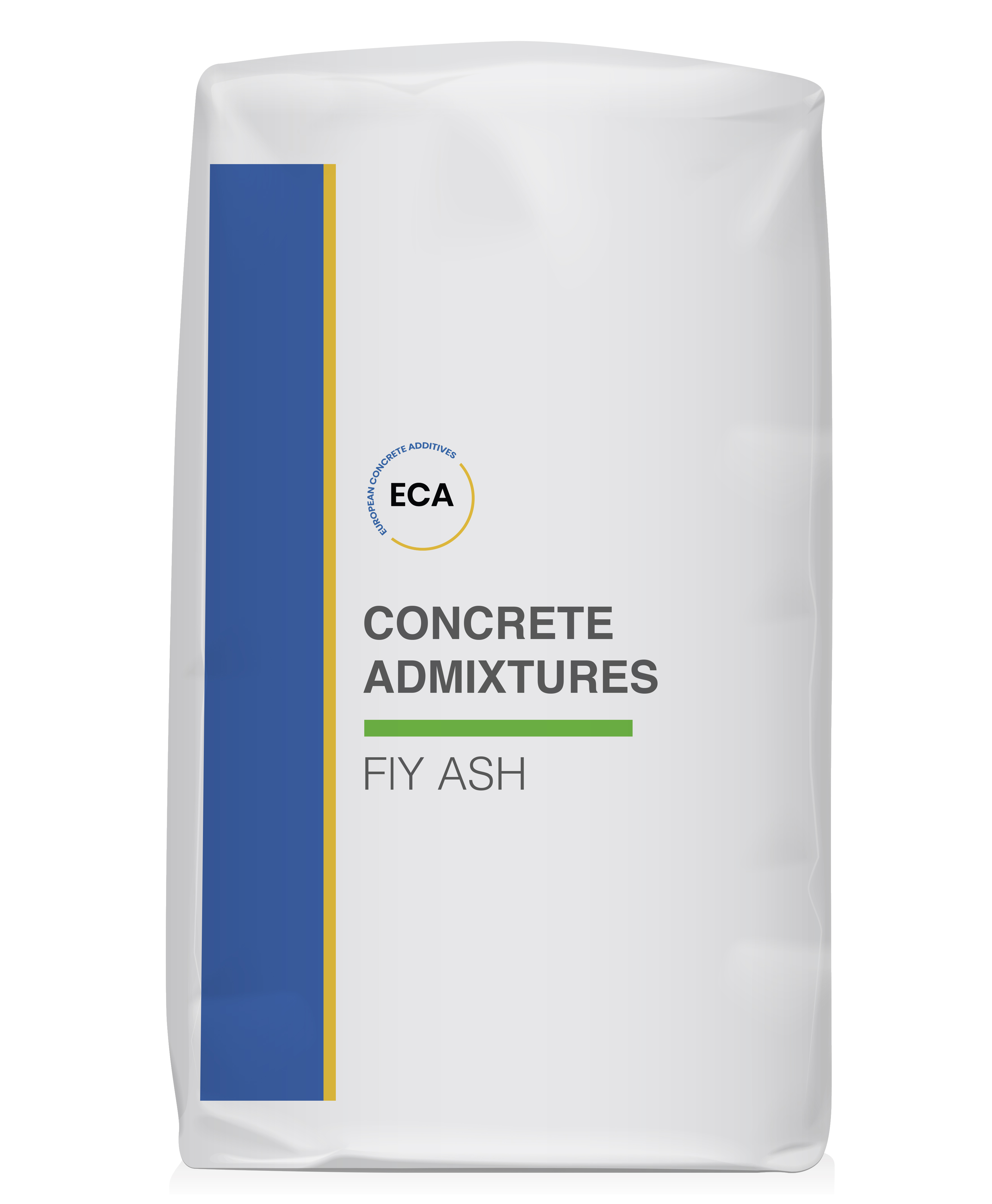Fly ash available from modern thermal power plants typically contain around 1% carbon, as the boilers are far more efficient (the Indian IS: 3812 code still has the upper limit of carbon as 12%, while the ASTM C-618 6%). The high velocity of the flue gases in the burning zone produce fly ash of much greater fineness were achieved earlier. Also this modern day fly ash plays a far more active role in concreting than earlier. From the cement point of view the mineralogy of fly ash is important as 80-90% of it is glass .It starts out as impurities in coal- mostly clays, shales, limestone and dolomite. They cannot be burned so they turn up as ash and at high temperatures fuse to become glass. Due to the high speed of the flue gasses the molten glass turns into tiny beads of glass, 40% being less than 10 micron in size (1000 microns is 1mm, cement is approx. 25micron) and these are the principal contributors of the 7 and 28 days strength. Sizes between 10 to 45 microns react slowly to give the concrete strength from 28 days to a year and sizes over 50 micron behave like sand particles and do not matter excepting as a filler.
• Increased compressive strength
• Increased workability
• Reduced heat of hydration
• No leaching of Calcium Hydroxide crystals on to the surface
• Increased durability
• Decreased permeability, bleeding and segregation

